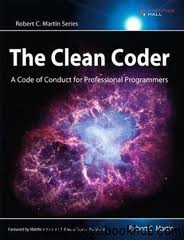Today a bunch of co-workers and me got together right after work to hone our skills, more specifically, our unit testing skills.
A couple of weeks before, I had discovered that the code coverage of PHPUnit is only at ~55%, so I thought it would be a great exercise for our after work hacking to help increase its code coverage by writing unit tests for it.
The plan was to try and write as many tests as we could for the Constraint classes PHPUnit uses to implement its assertions.
Those Constraint classes are pretty small, fairly easy to understand and not entirely covered by tests – in short, very well suited for our group, a mix of programmers having quite some experience in unit testing as well as others just having started to learn unit testing.
Well, our plan didn’t work out that way, we didn’t really succeed in writing a considerable amount of unit tests.
However, it still was a valuable experience, as it turned out the unit tests of the Constraints are a good example of how not to unit test.
So here’s what we learned (or were reminded of):
 Robert C. Martin aka Uncle Bob, a programmer with decades of experience under his belt, lets us in about what he has learned in his professional life and, more importantly, how he has failed, sometimes failed miserably.
Robert C. Martin aka Uncle Bob, a programmer with decades of experience under his belt, lets us in about what he has learned in his professional life and, more importantly, how he has failed, sometimes failed miserably.
 If you want to learn Ruby and you already know another programming language,
If you want to learn Ruby and you already know another programming language,